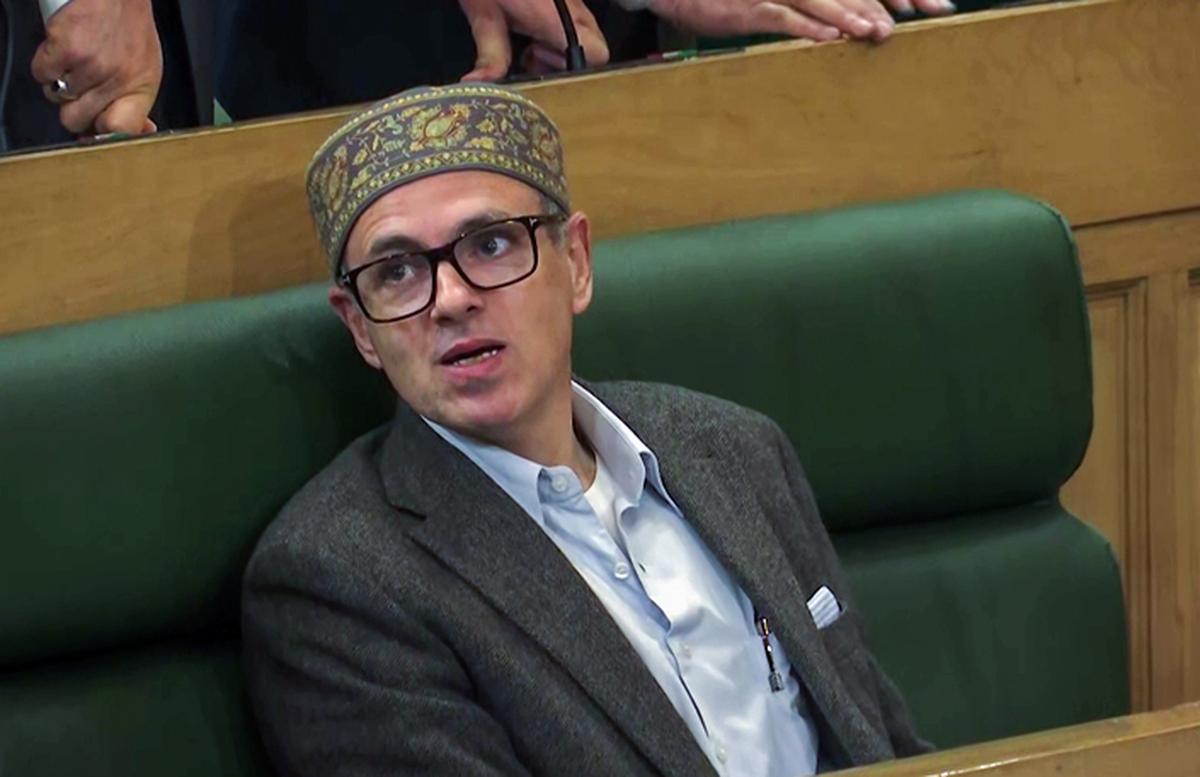news details |
|
|
| Govt pays Rs 7 per unit, gets back only Rs 2.50 | | Unending Power Worries in J&K | |  Early Times Report Early Times Report
Jammu, Mar 8: During his budget speech on Friday, Chief Minister Omar Abdullah had reason to seek support from all political parties to support ongoing power reforms in Jammu and Kashmir to minimize power deficit to focus on other areas.
The Chief Minister further pointed out one of the key challenges — the wide gap between the cost of power supply and revenue collection.
“While the average cost per unit is Rs 7, the government recovers only Rs 2.50 per unit due to systemic inefficiencies, high losses, and low tariffs,” he said.
To bridge this gap, the government is implementing 100% smart metering, strengthening billing and collection mechanisms, and modernising the entire distribution network.
“These measures will improve efficiency, reduce commercial losses, and enhance revenue realization. Our goal is to reduce Aggregate Technical and Commercial (AT&C) losses from the current 41 percent to 25 percent by 2025-26, ensuring a financially viable power sector,” the Chief Minister explained.
According to the Economic Survey Report tabled by the Chief Minister in the House on Thursday, 6.40 lakh smart meters have been installed under PMDP against the revised target of installing 6.86 smart meters.
“In addition, smart metering of 14.07 lakh consumers has been sanctioned under the Centrally Sponsored Scheme namely Revamped Distribution Sector Scheme (RDSS)”, the report said, adding, “Moreover, strategic IT interventions and enforcement measures contributed to a significant boost in revenue realization for the power sector”.
The implementation of the 'Amnesty' scheme in October 2022 facilitated the settlement of legacy dues for domestic power consumers, benefiting around 2.51 lakh consumers and recovering Rs 321.54 crore in outstanding amounts (October 2022 to November, 2024) through a structured instalment plan without late payment surcharges.
“Looking ahead, several new initiatives have been outlined to further enhance operational efficiency and meet future energy demands. These include re The Chief Minister pointed out one of the key challenges — the wide gap between the cost of power supply and revenue collection.
To bridge this gap, the government is implementing 100% smart metering, strengthening billing and collection mechanisms, and modernising the entire distribution network.
The goal is to reduce Aggregate Technical and Commercial (AT&C) losses from the current 41 percent to 25 percent by 2025-26.
Looking ahead, several new initiatives have been outlined to further enhance operational efficiency and meet future energy demands.
“The renewable energy sector in J&K offers significant potential for economic growth. The focus is on harnessing solar, small hydro, and biomass energy to meet the growing energy needs of the region, supported by central funding from the Ministry of New and Renewable Energy (MNRE). Government aims to enhance energy self-sufficiency in the J&K through renewable energy projects, reducing reliance on fossil fuels and supporting national energy security”, the Economic Survey Report mentioned, adding, “Its mission includes promoting renewable energy in remote areas, developing energy plantation proposals, creating a comprehensive energy plan, collaborating with relevant institutions, and implementing national energy initiatives like the National Solar Mission and PM-KUSUM schemes”.
It is mentioned that the Government aims to phase out fossil fuels by developing large-scale solar parks, installing grid-connected rooftop solar systems across all sectors, and replacing conventional street lighting with solar-based systems.
Additionally, it plans to substitute fossil fuel-powered water pumps with solar pumps and harness the untapped small hydro power potential in the J&K to reduce energy imports and promote sustainable energy solutions. Major Initiatives Roof top Solarisation of Government Buildings
The solarization of government buildings in Jammu & Kashmir focuses on installing gridtiled rooftop solar systems to promote renewable energy and reduce carbon emissions across the J&K. This initiative supports sustainability while enhancing energy efficiency in government infrastructure. |
|
|
|
|
|
|
|
|
|
|
|
|
| |
| |
|
|
|
|
 |
|
|
